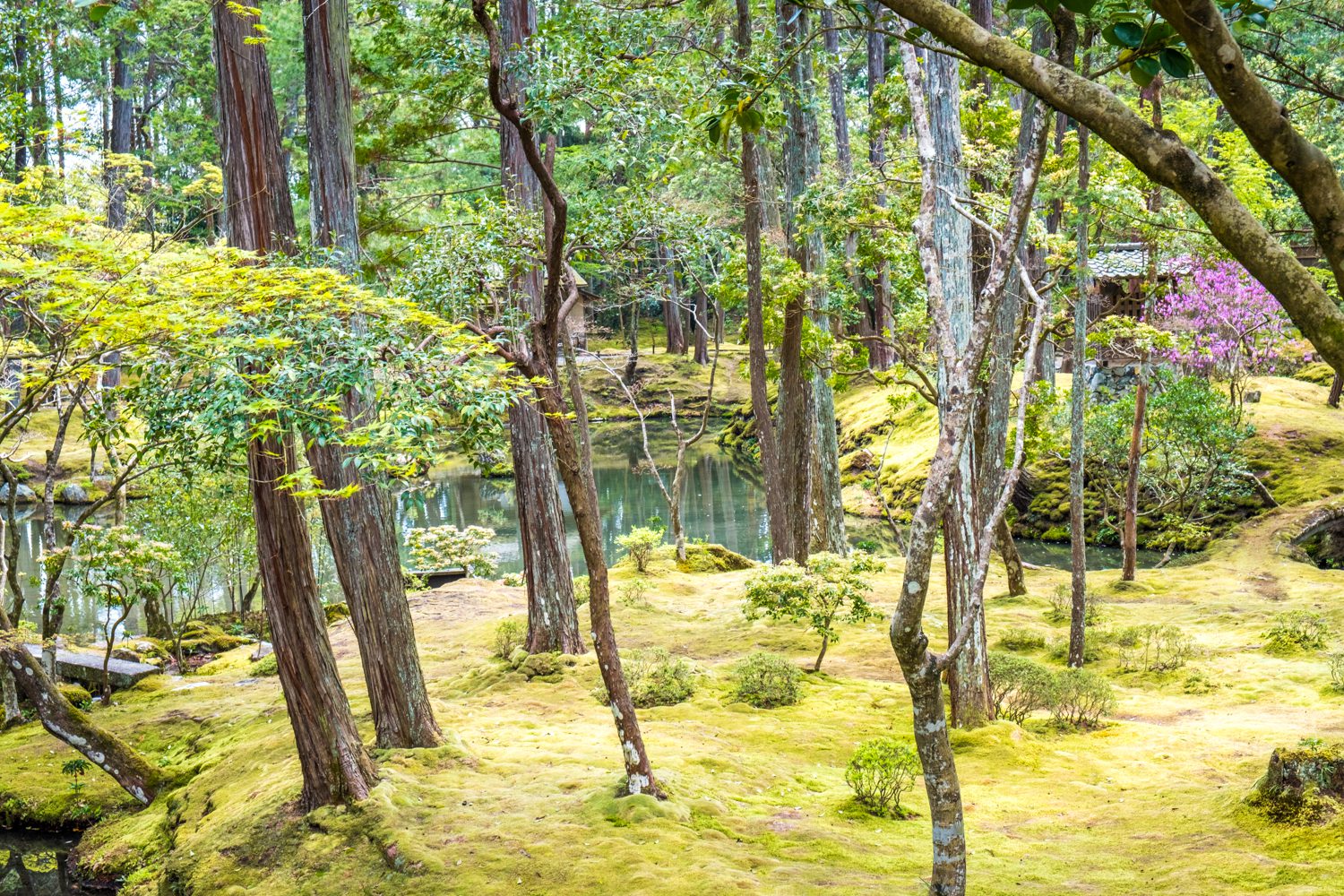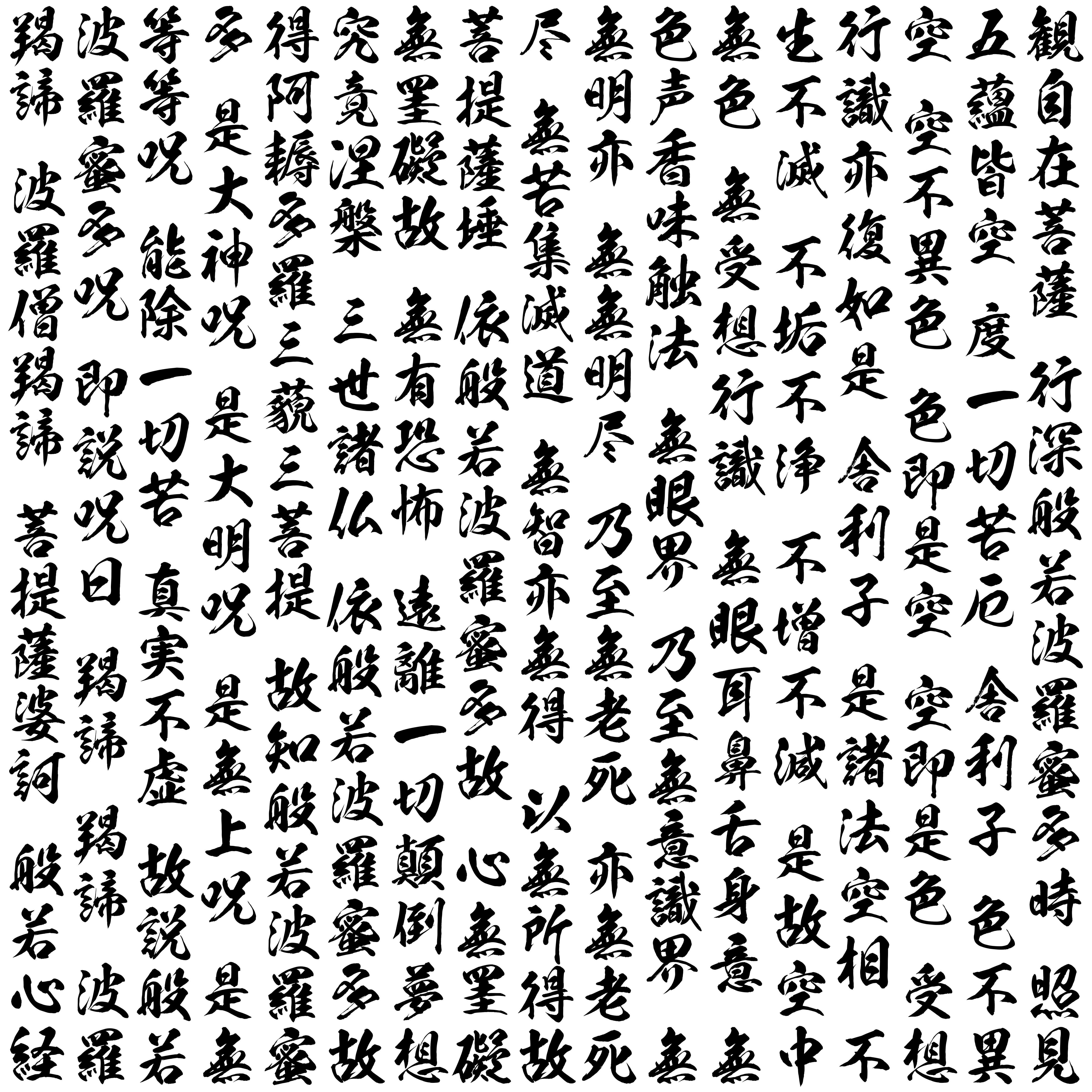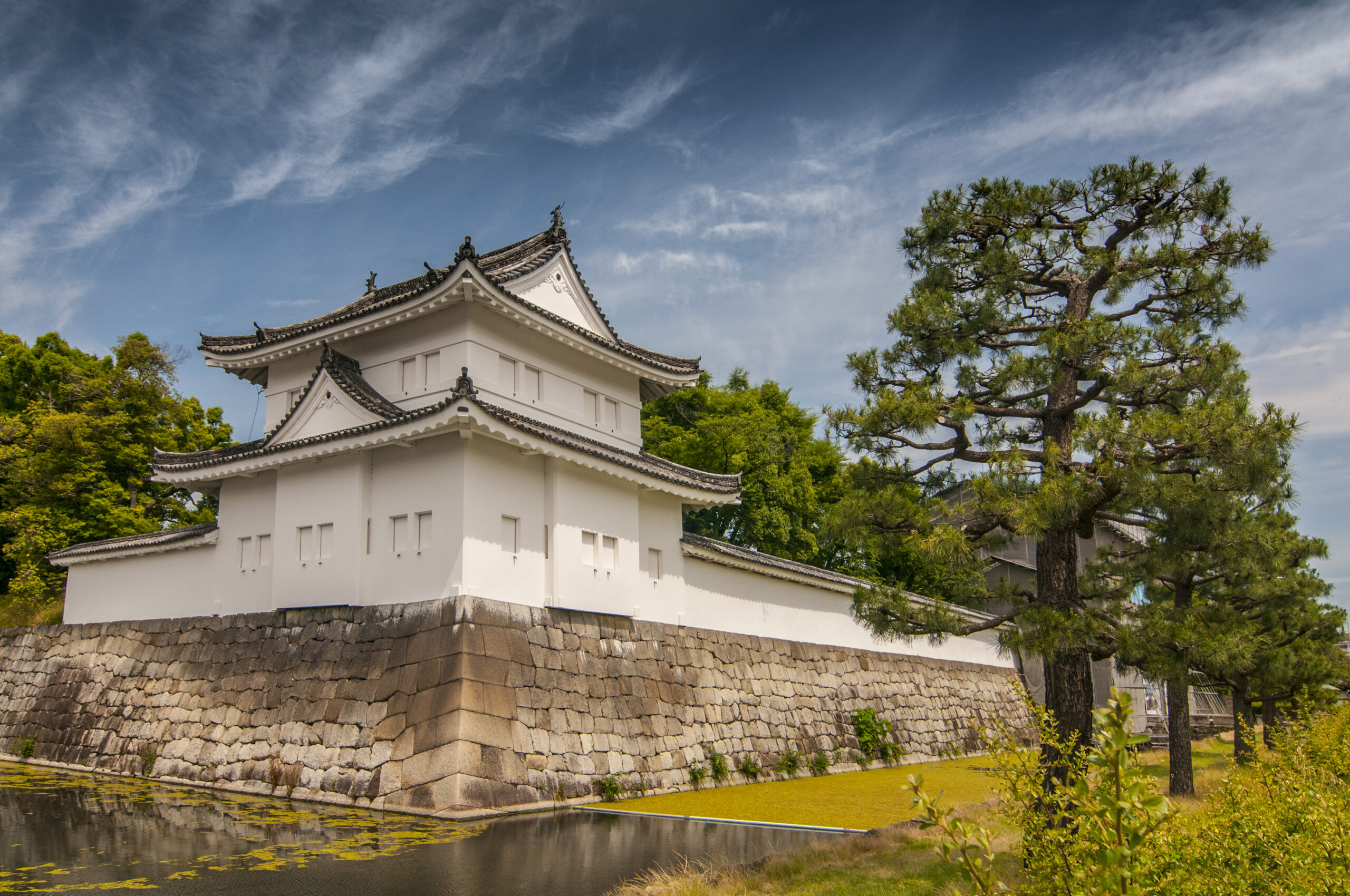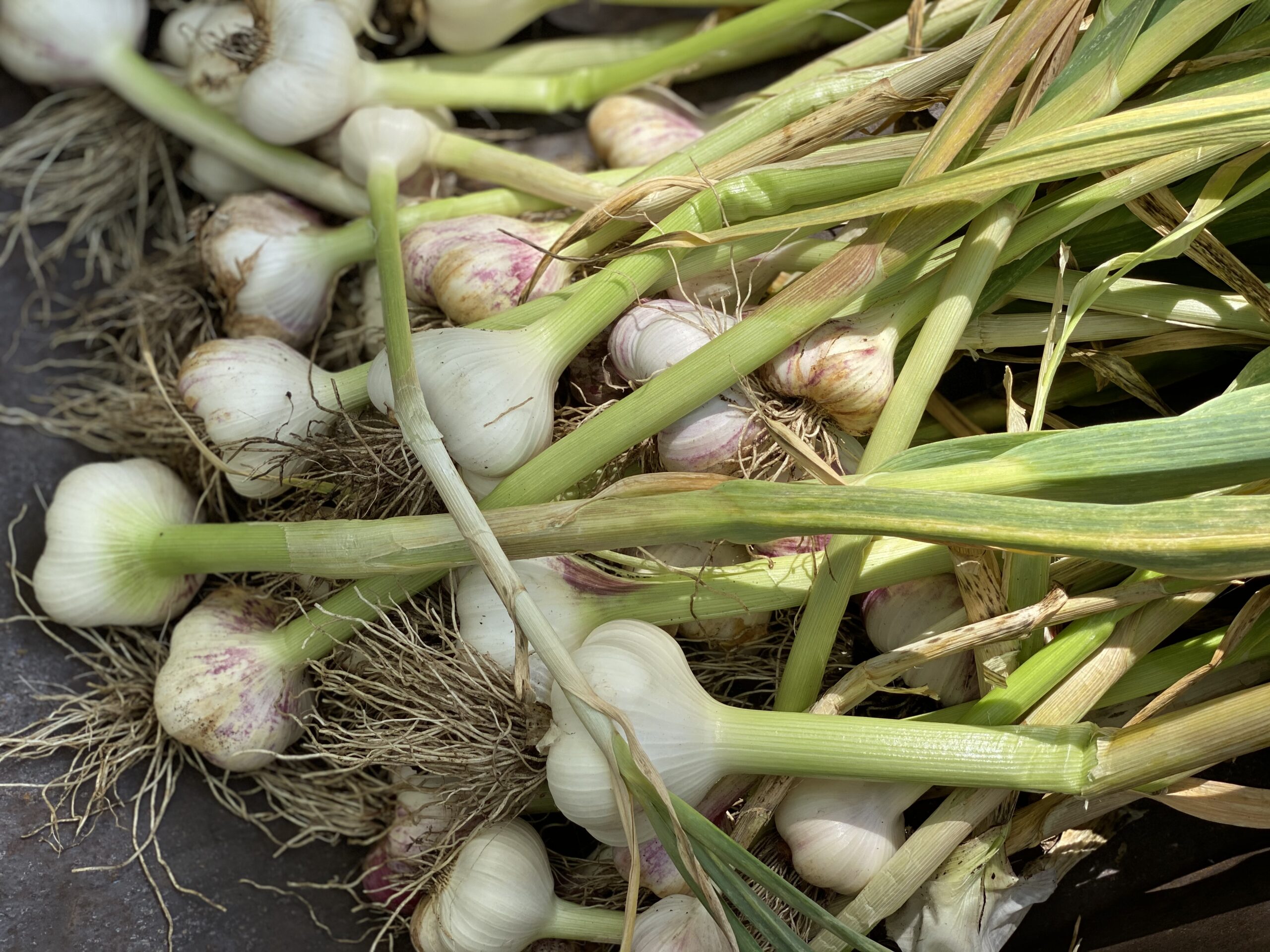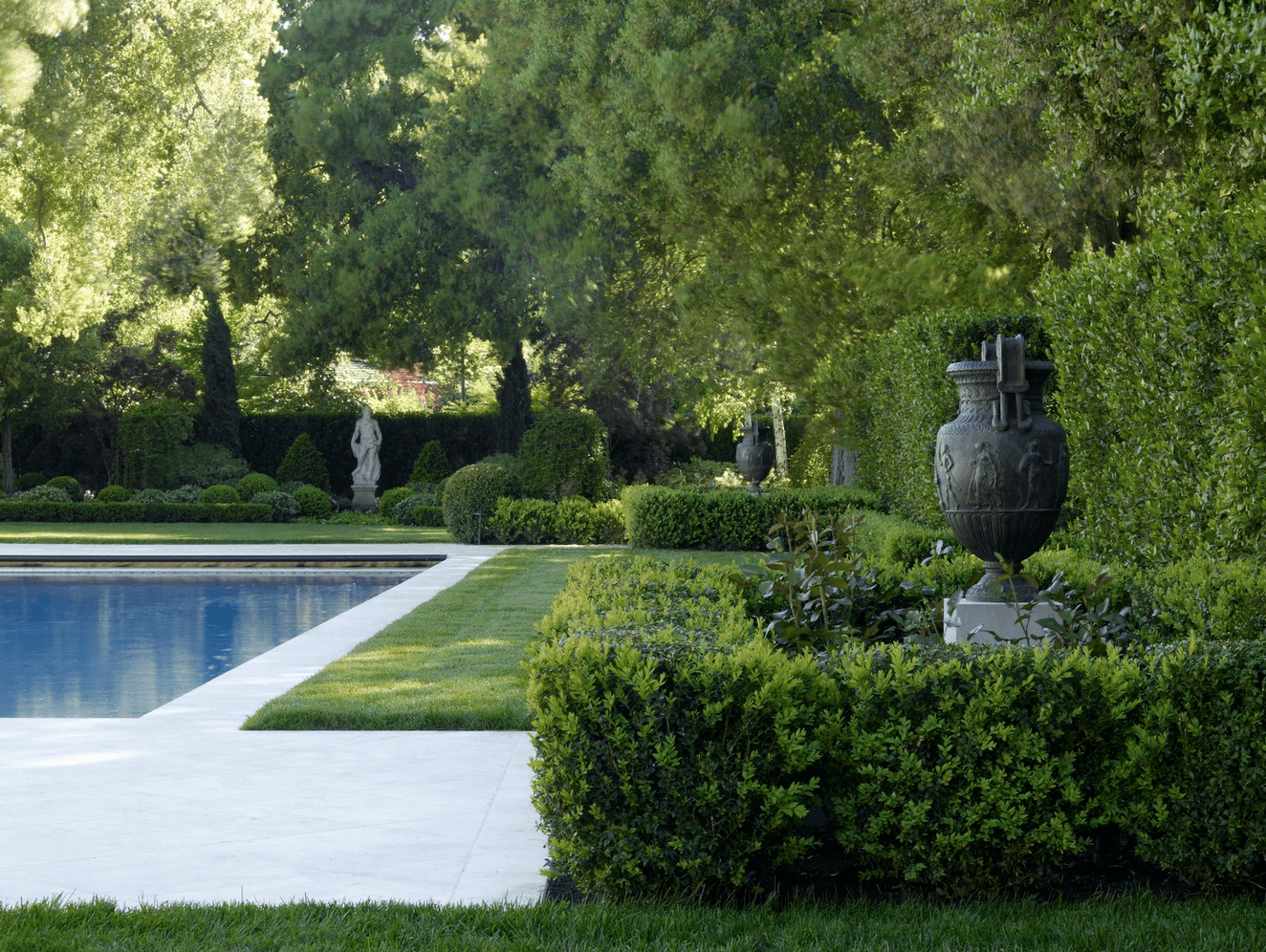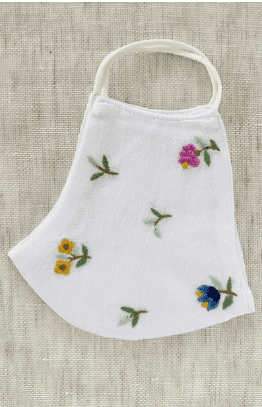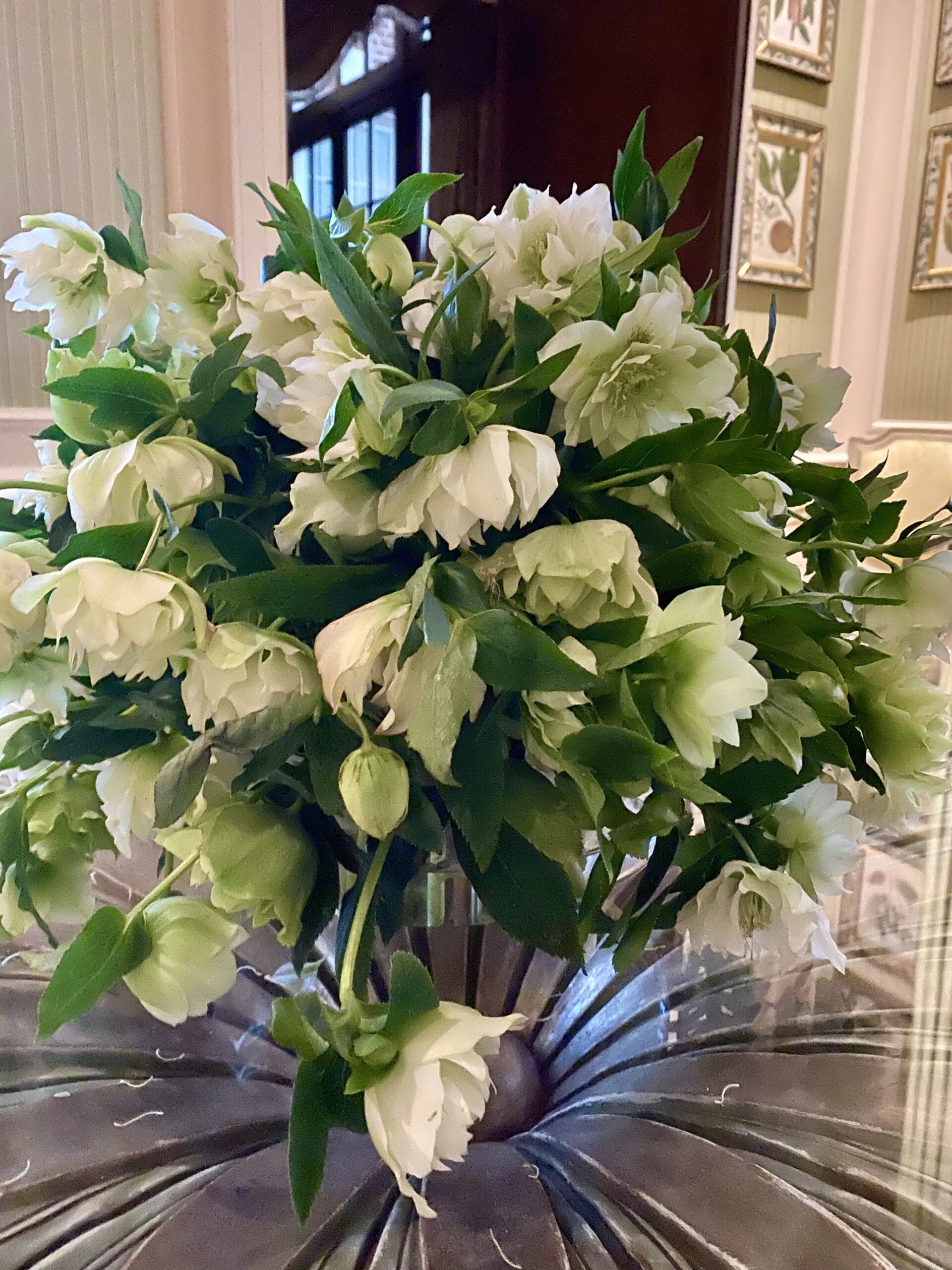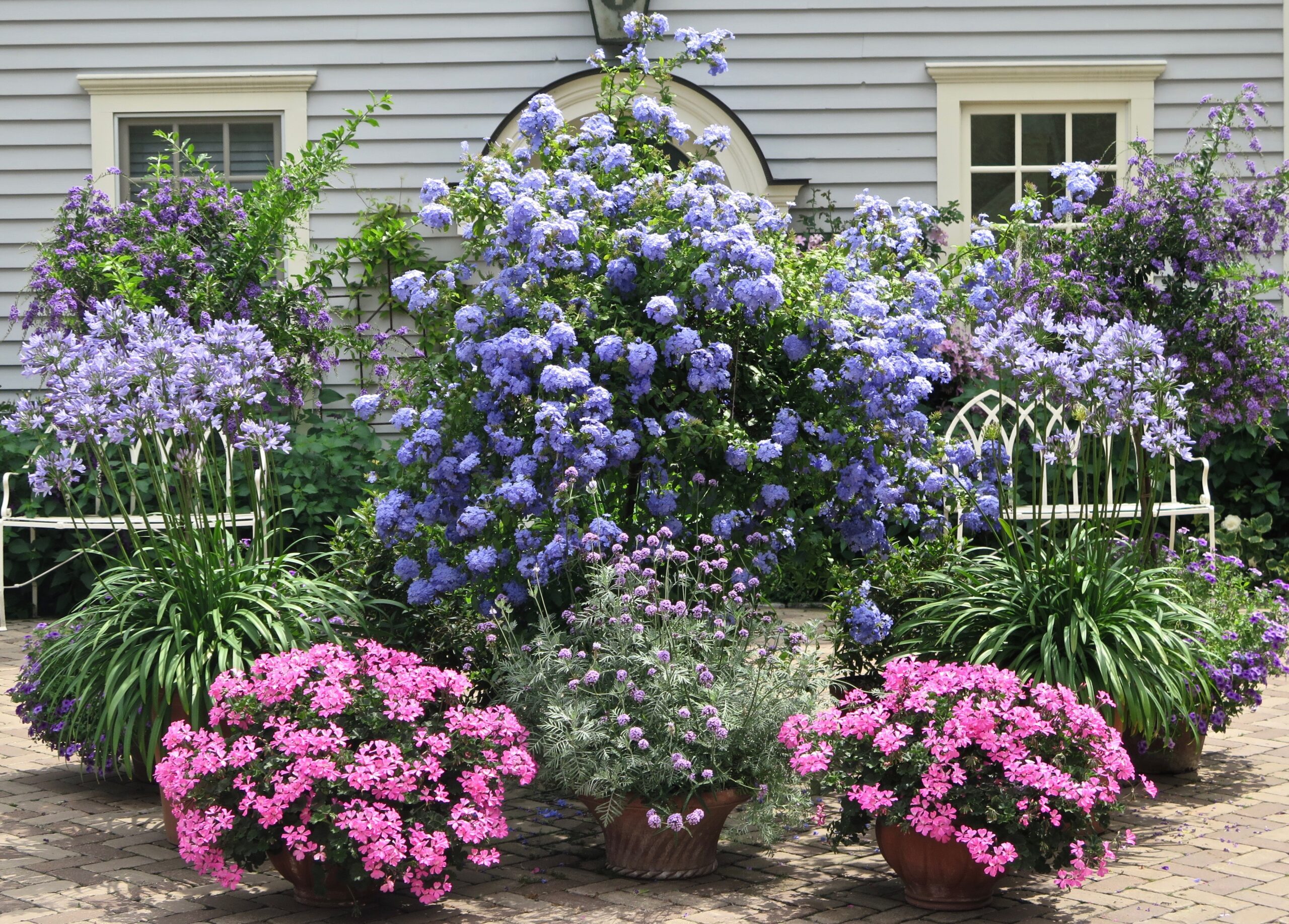I continue my documentation of gardens we visited during our recent trip to Japan… Saiho-ji Moss Temple and Garden (also called Koke-Dera or Moss Temple) was one of two Kyoto properties we visited that required advanced reservations. It was our first garden visit and ended up being a real highlight of our trip.
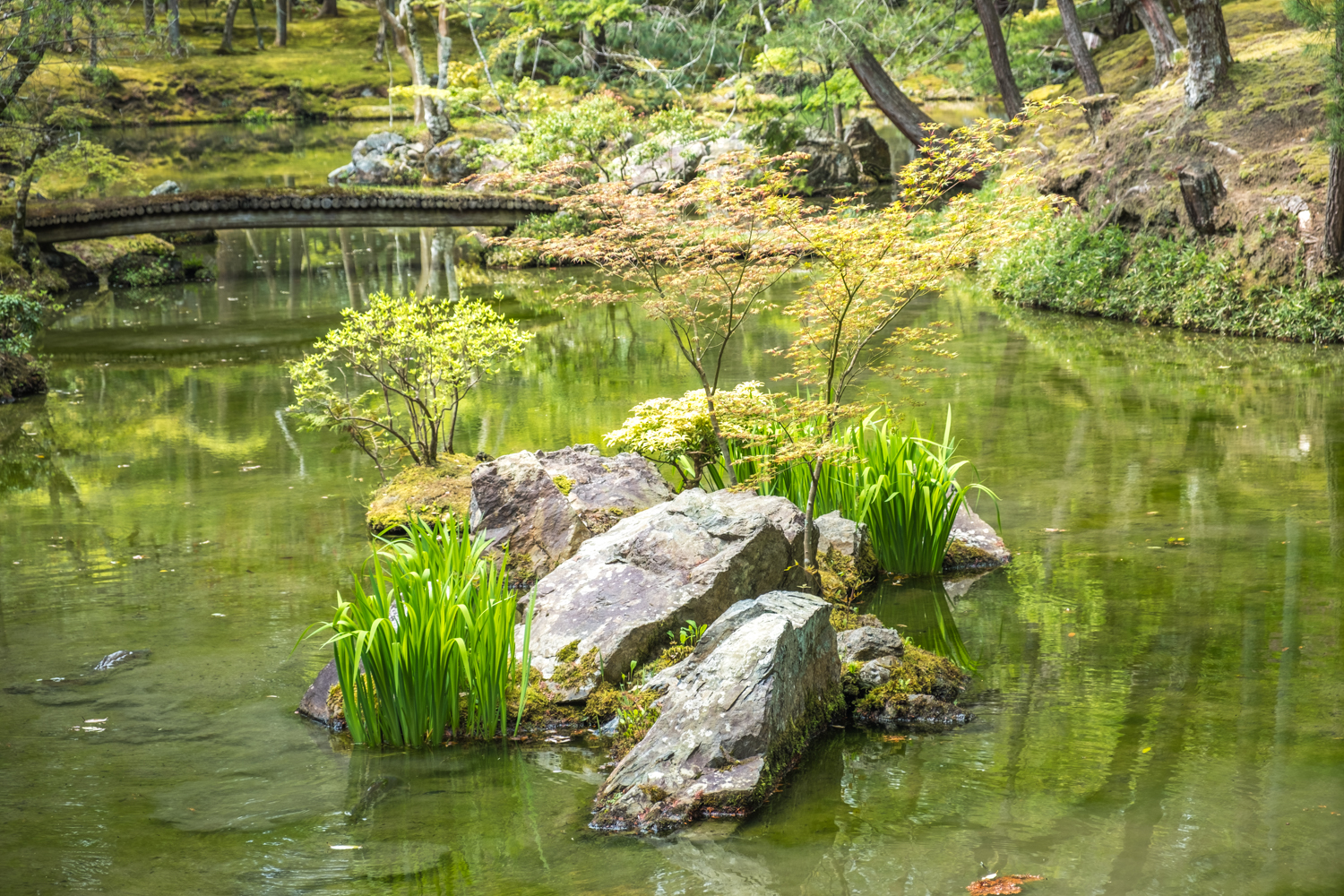

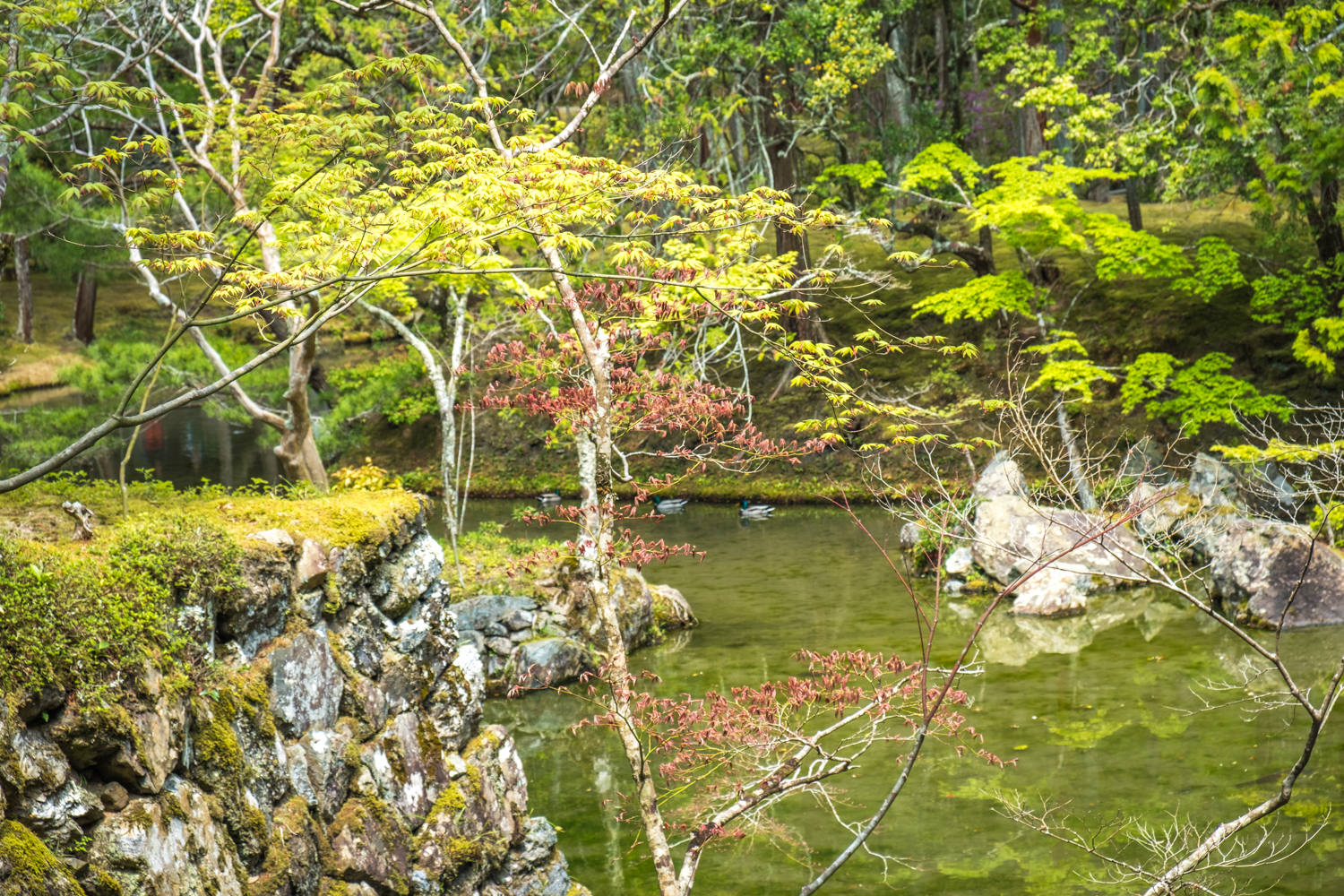

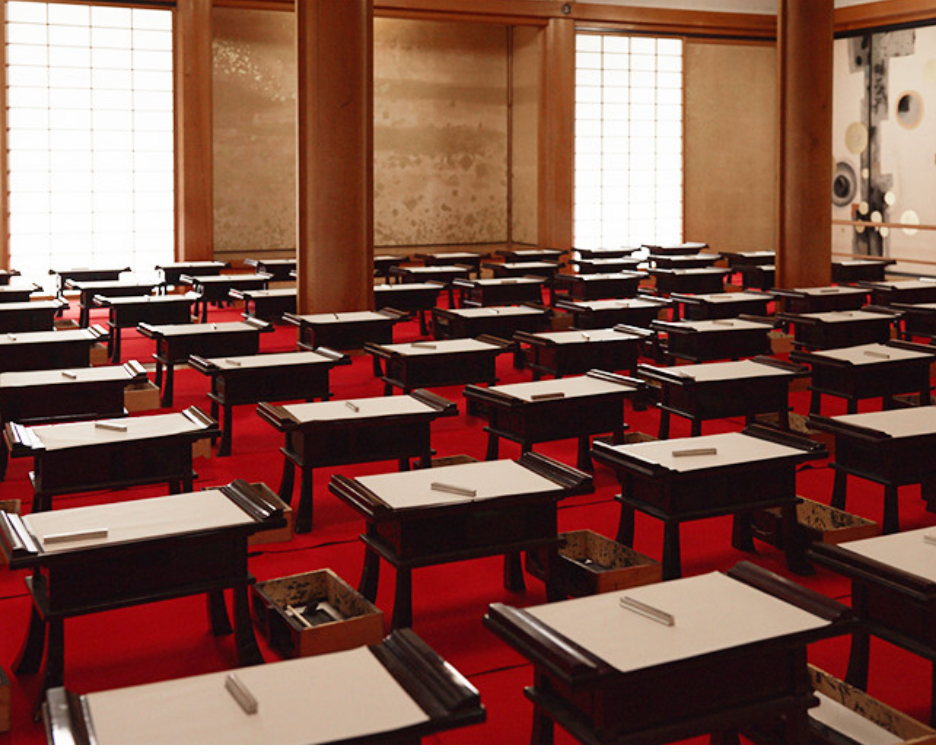

When you arrive, you are guided to a waiting area along with 30-35 other visitors. Once all of the guests have arrived, a monk greets you and takes you into the main hall to participate in copying the Heart Sutra, which is a fun exercise. You choose a desk, are given an ink brush and are asked to copy a series of Japanese characters or “kanji” on paper. (You are copying over the characters on a separate piece of paper below your paper – it’s not hard!).
The room of fellow visitors is silent during this traditional zen meditative exercise. Once you are finished, you write your name and address down on the paper and are invited to pray for something as you put your sheet of paper in the front of the room. I recommend taking your time with this exercise (about an hour), despite the fact that it’s a little uncomfortable sitting on the floor. It is a special experience which calms your mind before experiencing the garden.
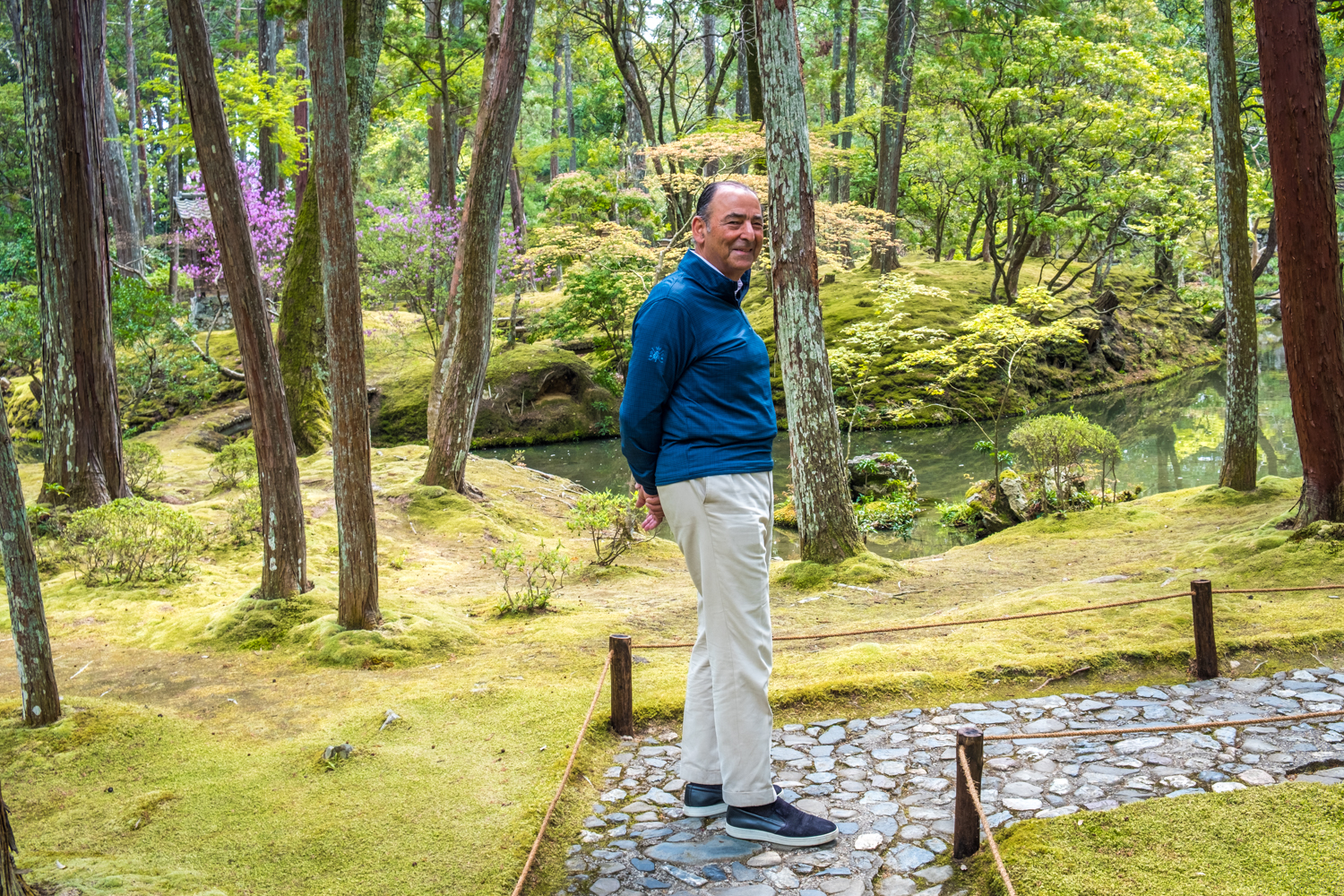

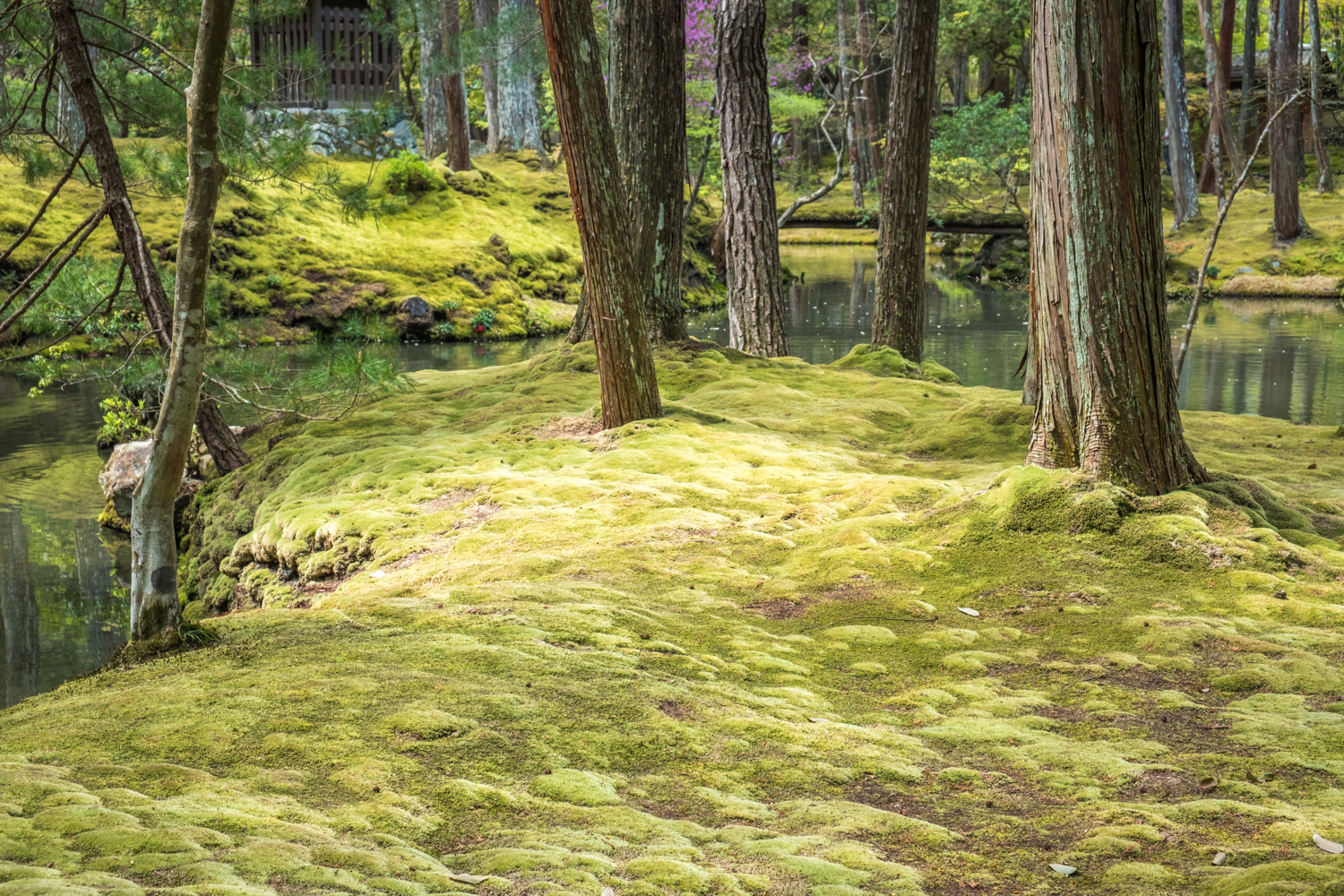

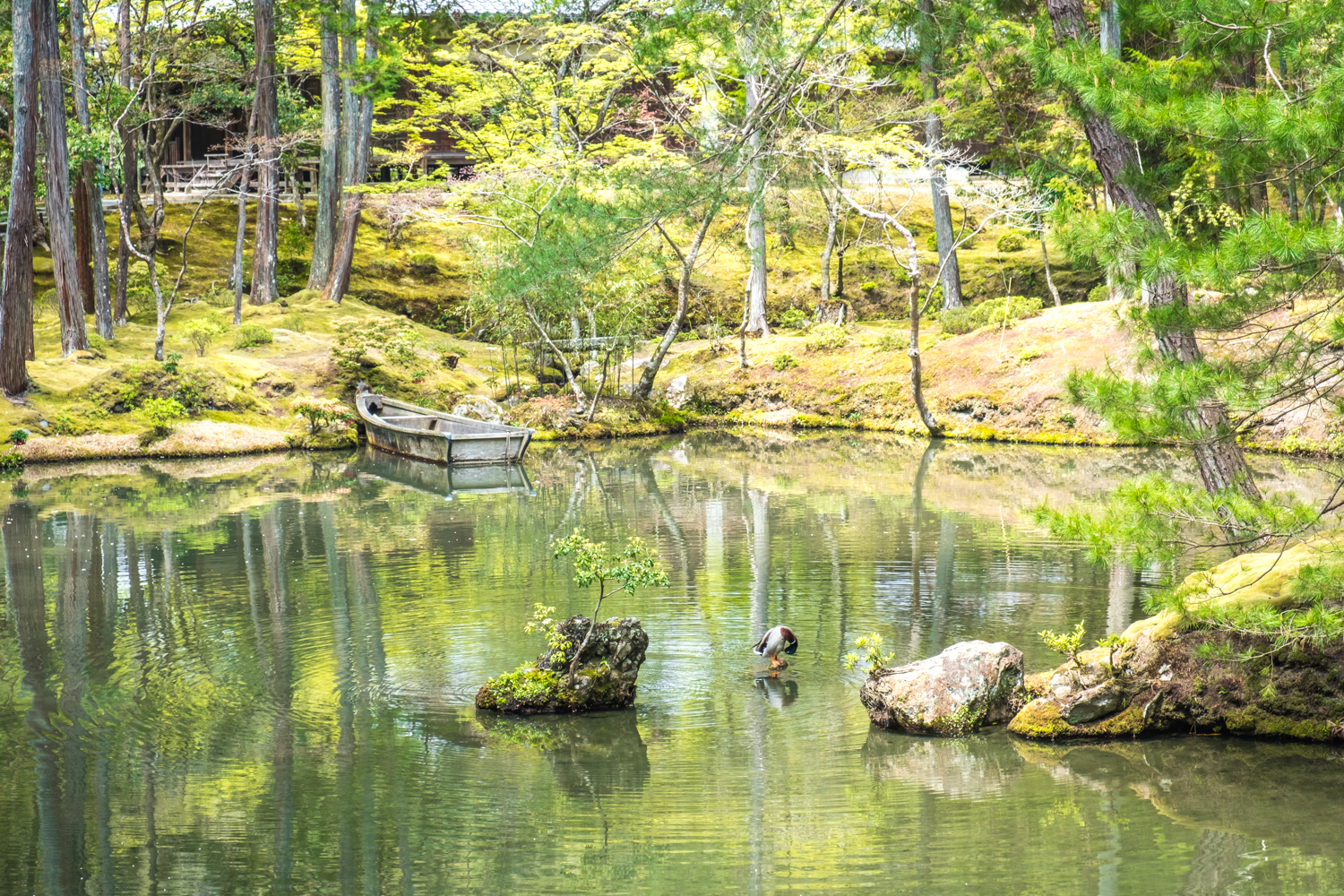

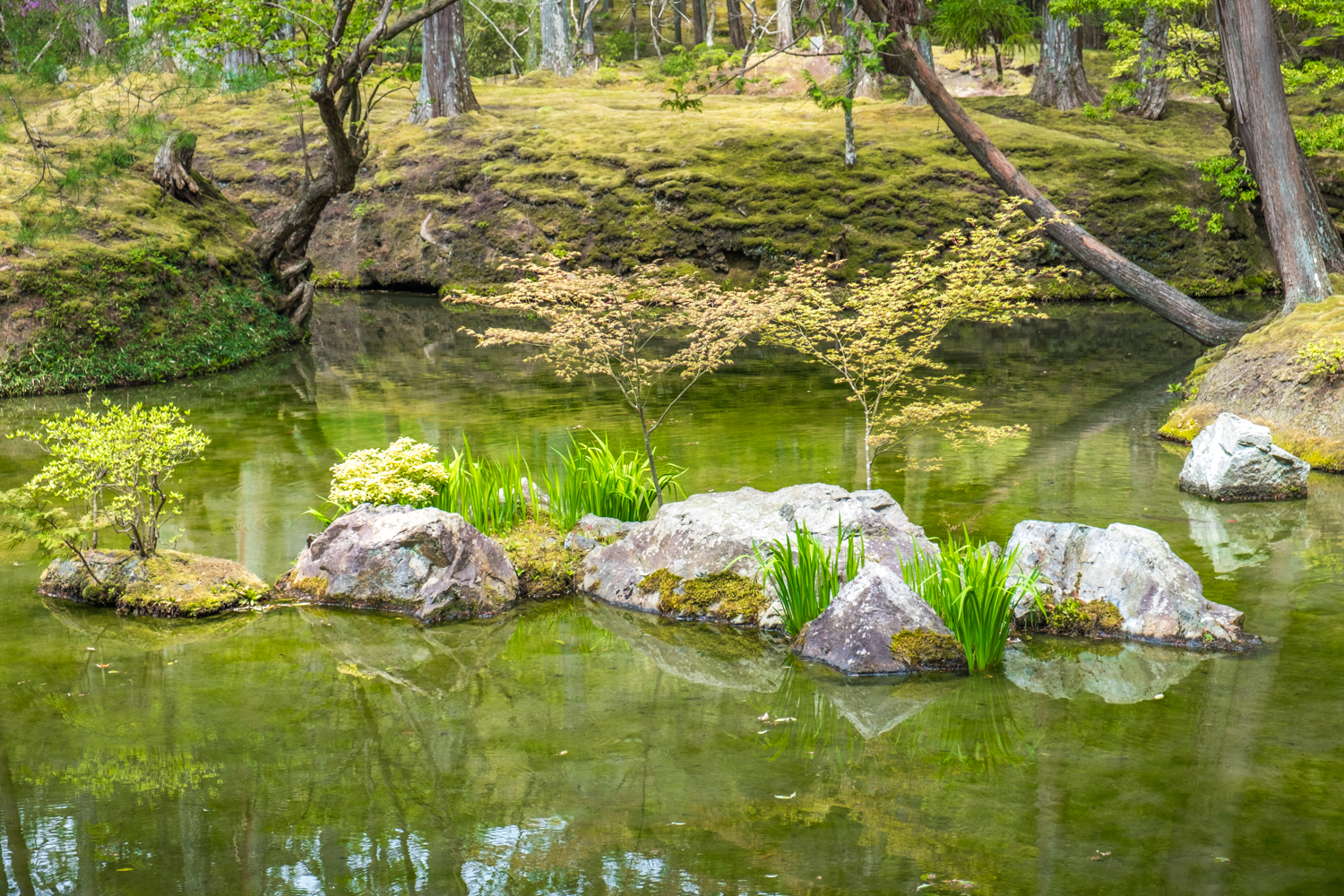

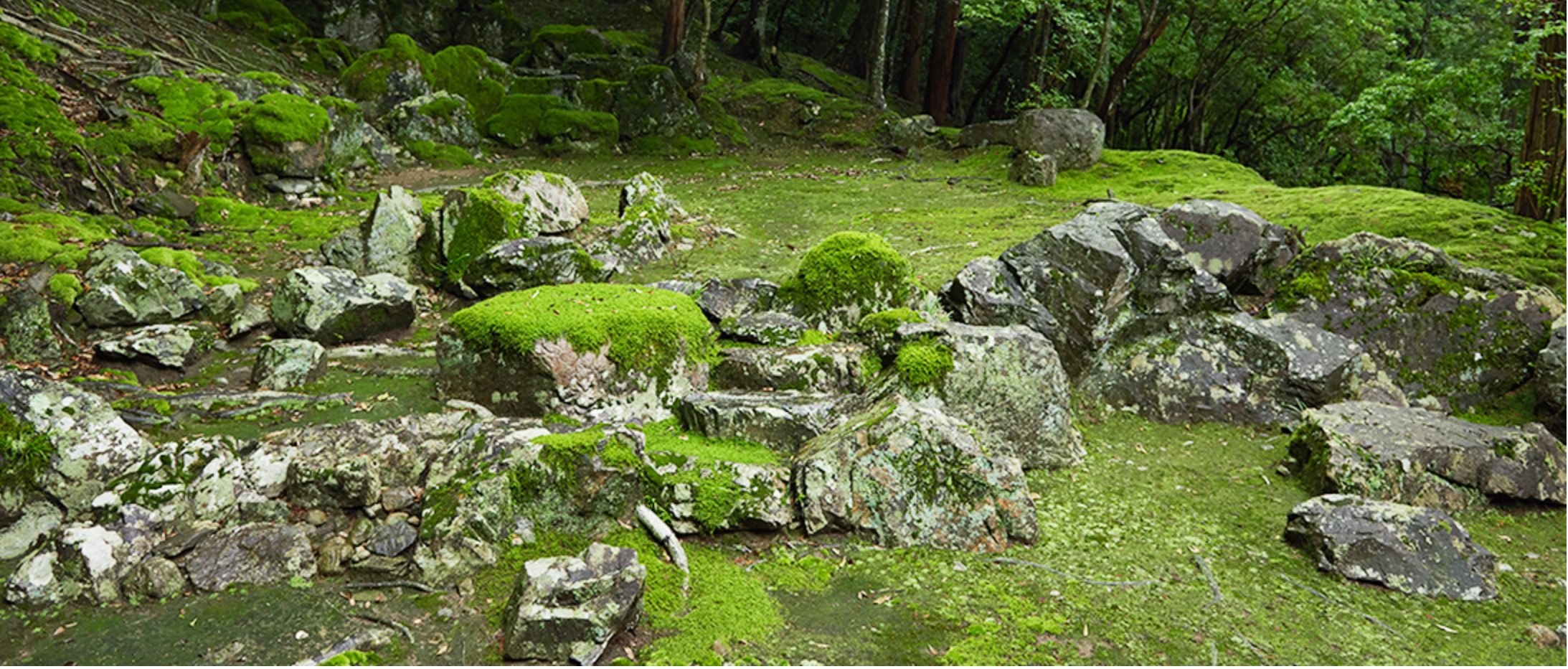

The famous monk, teacher, garden designer, artist, calligrapher and poet Musō Kokushi revived this temple as a Zen temple and restored the garden in 1339 as part of his zen meditation practice. Saiho-ji is considered his masterpiece.
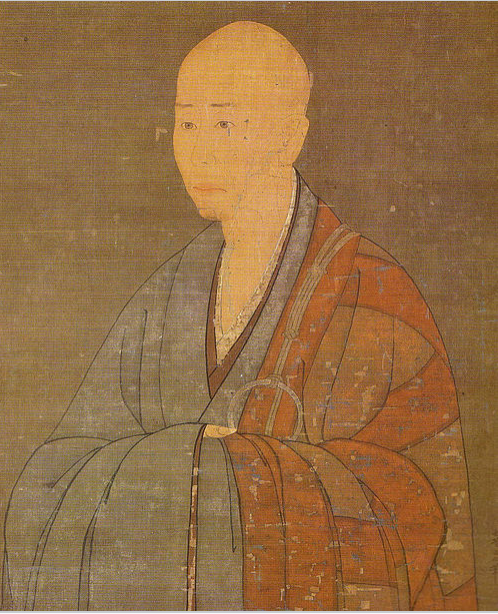

When should one visit this garden? I mention this because we were there in April which is NOT the ideal time, even though we caught the tail end of cherry blossom season. The moss hadn’t reached the green that it will have after the rainy season, hence my yellow-green photos in this post. The two best times to visit are 1) during/after the rainy season mid-June through mid-July or 2) in November when the fall leaves provide a beautiful contrast to the green.
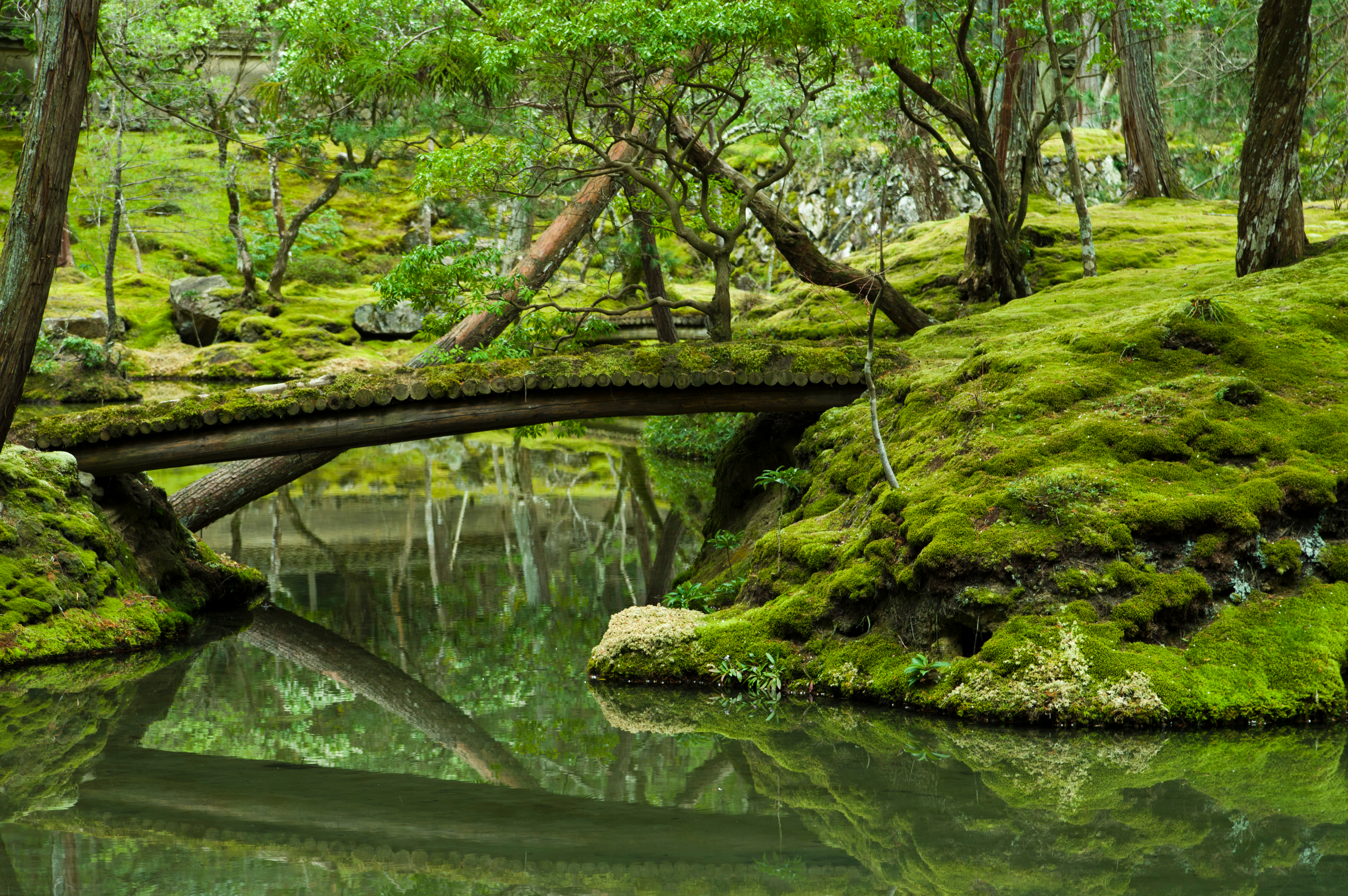

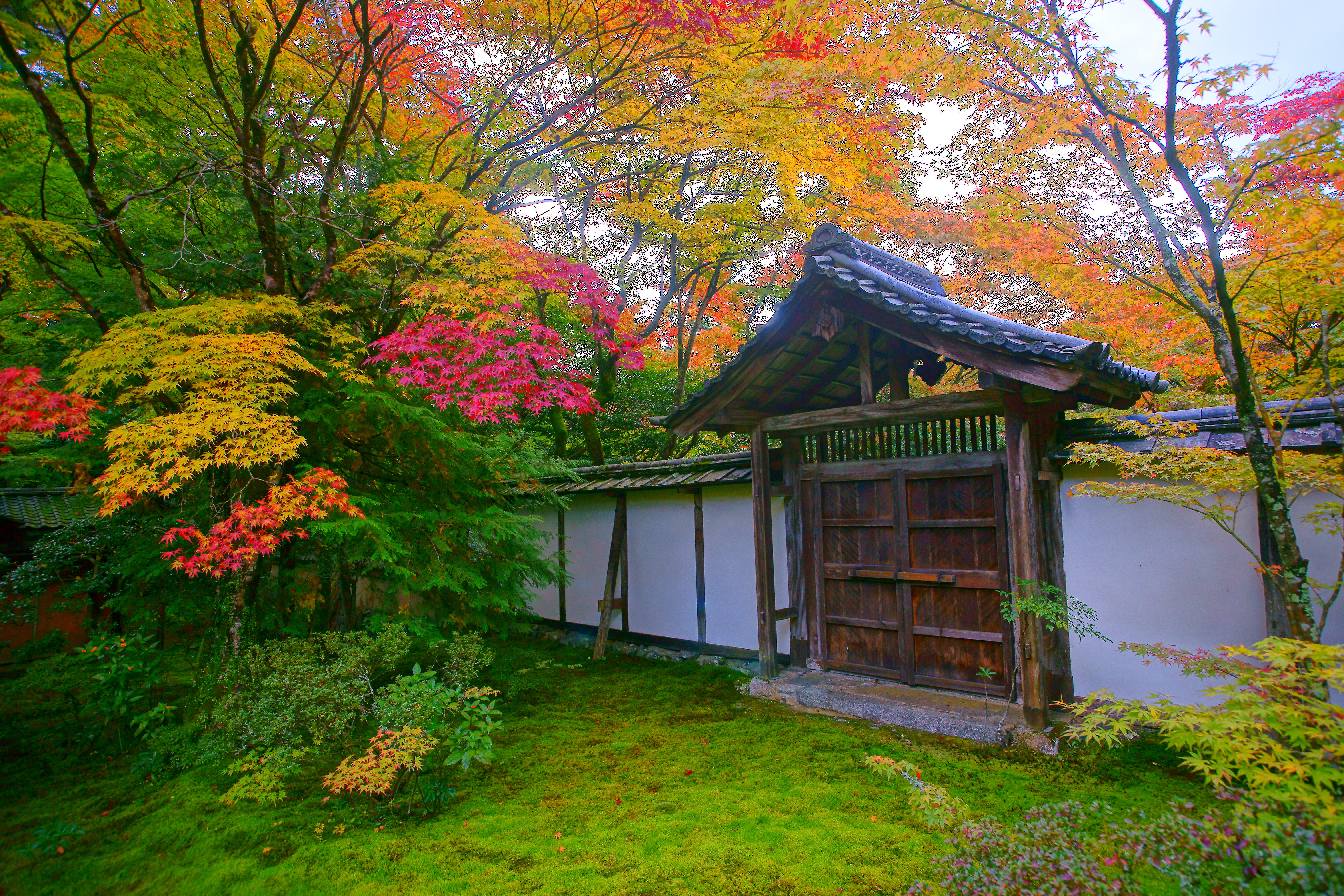

Reservations are available two months in advance and they quickly sell out, so go to their gorgeous photo-rich site and click on “Reservations” and “for those living abroad” to learn what’s required to make a reservation. My hotel concierge was able to make the reservation for us, so it’s worth asking your hotel if they can help you.
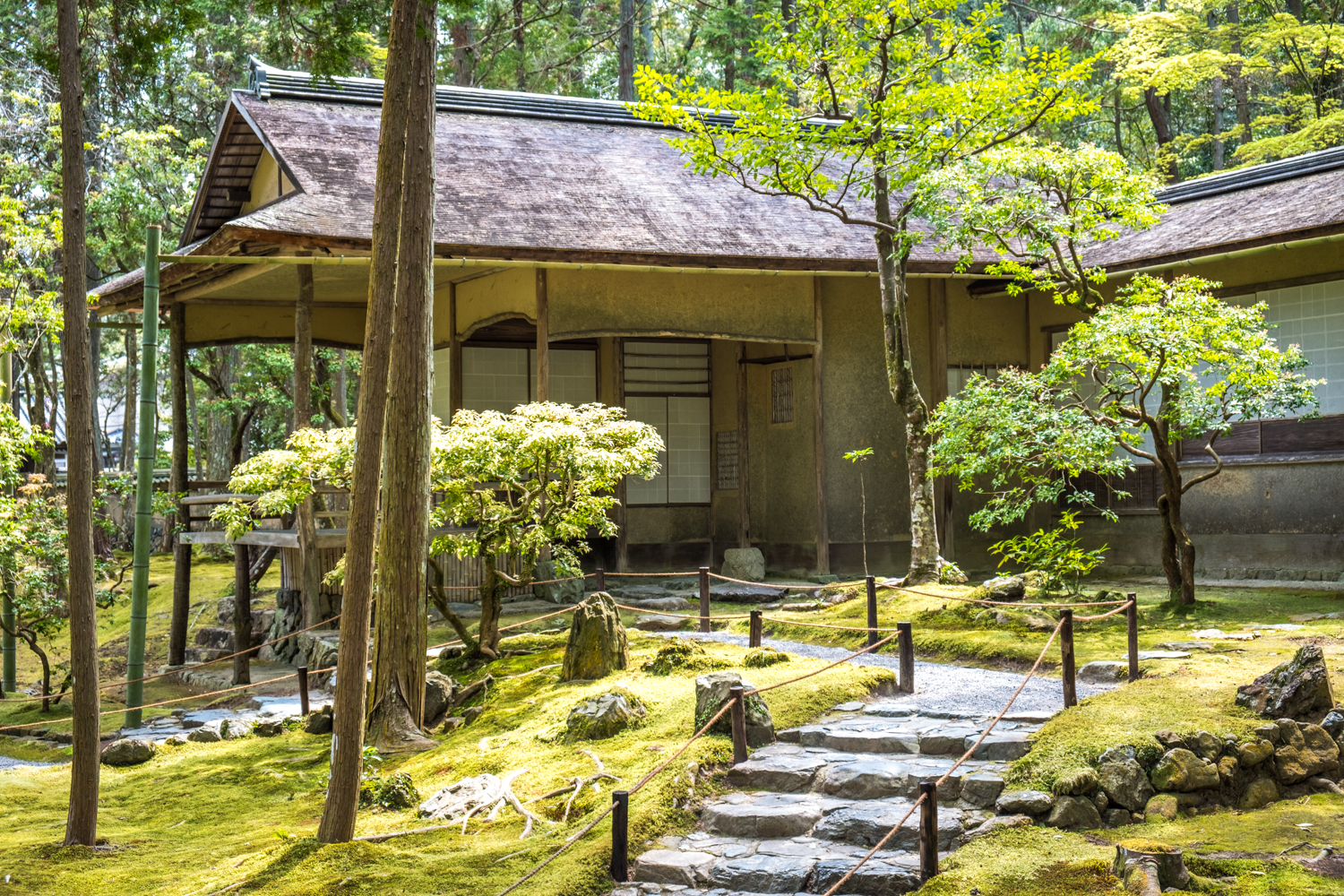

While I was personally a little disappointed to see the garden at a suboptimal time of the year, I was able to appreciate the lovely architecture of the structures and the beauty of the garden. I can only imagine how amazing Saiho-ji must be in all of its green splendor during the rainy season. I would love to see this garden in the summer and fall.

